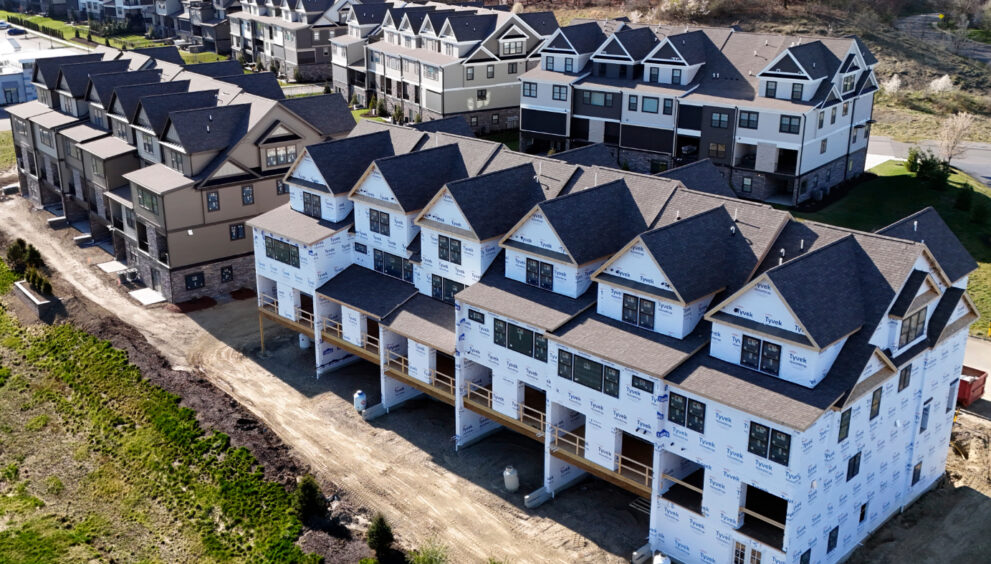Utilizing Federal Land for Home Construction to Reduce Costs — Provided Cities Are Regulated

It is imperative to tackle the persistent housing shortage estimated to be around 20 million homes by exploring the possibility of using federal land for housing construction. The success of such an initiative hinges on not only the speed and scale of its implementation but also on preventing the newly available land from being stifled by local land use regulations that exacerbate the scarcity and high costs of housing.
The shortage of homes is mainly a result of overly stringent local land-use regulations that favor expensive homes on large lots. Specifically in western states, the availability of land for residential construction is limited due to federal holdings near swiftly expanding metropolitan areas such as Las Vegas and Phoenix.
Historically, the Homestead Act of 1862 facilitated large-scale settlement of western lands by selling blocks of up to 160 acres, primarily to small farmers. Nevertheless, as quality agricultural land diminished, claims sharply declined and nearly ceased by the 1930s.
The formation of the Bureau of Land Management in 1946 marked a shift towards maintaining unsold land instead of sales. Subsequently, in 1976, the Federal Land Policy and Management Act repealed the Homestead Act, emphasizing federal ownership, environmental concerns, and changing public opinions.
The rapid growth of sunbelt cities led to a reassessment of the value of once deemed worthless federal land. However, the sale of federal lands became complicated and contentious under the Federal Land Policy and Management Act, prompting western cities to resist restrictions. In response to the housing crunch in Las Vegas, the Southern Nevada Public Land Management Act authorized the transfer of certain federal land.
The success of such transfers has been mixed, with a significant portion of designated land remaining unsold. The sold land has been subject to municipal zoning, imposing restrictions that impede builders from constructing affordable housing. Consequently, western states experience high home price-to-income ratios due to federal land restrictions and costly regulations.
By reevaluating the Federal Land Policy and Management Act through a comprehensive approach affecting all relevant municipalities, the new initiative aims to ease procedural impediments to selling federal land, alleviate cost pressures on western urban housing markets, facilitate growth in suitable locations, and prioritize environmental conservation.
However, the affordability of resulting homes for most Americans will heavily rely on local land use regulations. The links between home prices and lot sizes, as illustrated in Reno, Nevada, demonstrate the impact of zoning regulations on housing costs.
To conclude, unless stringent conditions are applied to land transfers or development standards are enforced to ensure the legality of building starter homes, the likelihood of expensive and spacious homes being constructed remains high. Local policies play a significant role in housing affordability and federal agencies such as the Bureau of Land Management and HUD have the opportunity to influence inclusive policies that accommodate starter homes along with luxury residences, reducing the exclusionary impact of restrictive local zoning regulations.






















































































































































































































































































































































































































































































































































































































































































































































































































































































































































































































































































































































































































































































































































































































































































































































































































































































































































































































































































































































































































































































































































































































































































































































































































































































































































































































































































































































